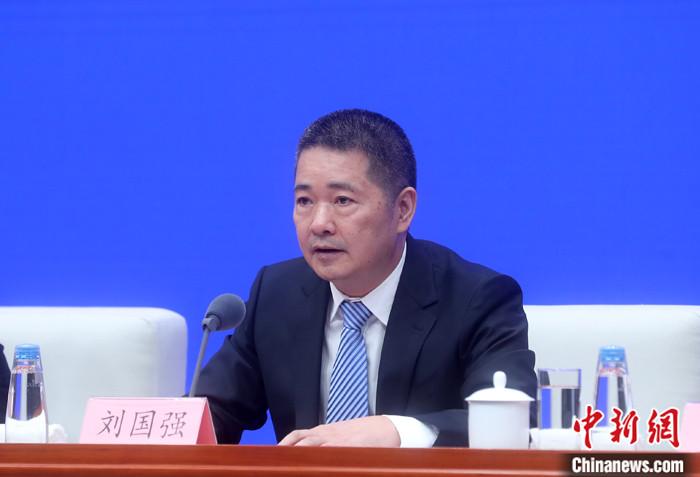China News Service, Beijing, August 25 (Reporter Wei Xi) In August last year, the People's Bank of China announced the reform of the lending market quote rate (LPR) formation mechanism, using market-oriented reform methods to promote the reduction of real interest rates on loans. Now, this reform has been a full year. Liu Guoqiang, deputy governor of the People's Bank of China, said at a regular policy briefing held by the State Council on the 25th that the LPR reform has achieved remarkable results in promoting lower loan interest rates. In July 2020, the weighted average interest rate of Chinese corporate loans was 4.68%, a year-on-year decrease of 0.64 percentage points. The decline was significantly greater than the one-year LPR decline in the same period.
On August 25, the State Council Information Office held a regular briefing on the State Council’s policies in Beijing to introduce financial institutions’ support for the implementation of the real economy policies. Liu Guoqiang, deputy governor of the People's Bank of China, said that the LPR reform has achieved remarkable results in promoting lower loan interest rates. In July 2020, the weighted average interest rate of Chinese corporate loans was 4.68%, a year-on-year decrease of 0.64 percentage points. The decline was significantly greater than the one-year LPR decline in the same period. Photo by China News Agency reporter Zhang Yu
With the continuous promotion of LPR reform, the transmission efficiency of China's monetary policy has increased significantly, and loan interest rates have achieved "two tracks in one track."
Liu Guoqiang said: "In the past, commercial banks had an unwritten agreement that the minimum interest rate for loans to enterprises was calculated at a nine-fold discount to the benchmark loan interest rate. The minimum is 3.915%, which can't be lower. Objectively, it forms the floor price of loans." The price has now been completely broken, and the effect is gradually showing. In July 2020, the proportion of loan interest rates lower than the floor price has reached 40.2%, which is 3.4 times higher than that in July 2019 before the reform.
This reform has also played an important role in promoting the marketization of China's deposit interest rate.
Liu Guoqiang said that the LPR reform has pushed loan interest rates down significantly. In order to match the return on assets, banks will appropriately reduce the cost of liabilities, that is, lower deposit interest rates. Recently, bank deposit rates of various maturities have fallen. In July 2020, the weighted average interest rates of three-year and five-year deposits were 3.68% and 3.72%, respectively, down 4 and 34 basis points from the end of the previous year.
Liu Guoqiang said that after the "floor" of the implicit lower limit of loan interest rates was broken, commercial banks' loan interest rates to large enterprises decreased, and the benefits of "sugar daddy funds" became less and less, prompting commercial banks to actively increase support for small and micro enterprises. , The financing of small and micro enterprises has realized "increased volume, expanded coverage, and reduced prices." In June of this year, the average interest rate of China's newly issued inclusive small and micro loans was 5.08%, a decrease of 0.8 percentage points from the end of the previous year. (Finish)

